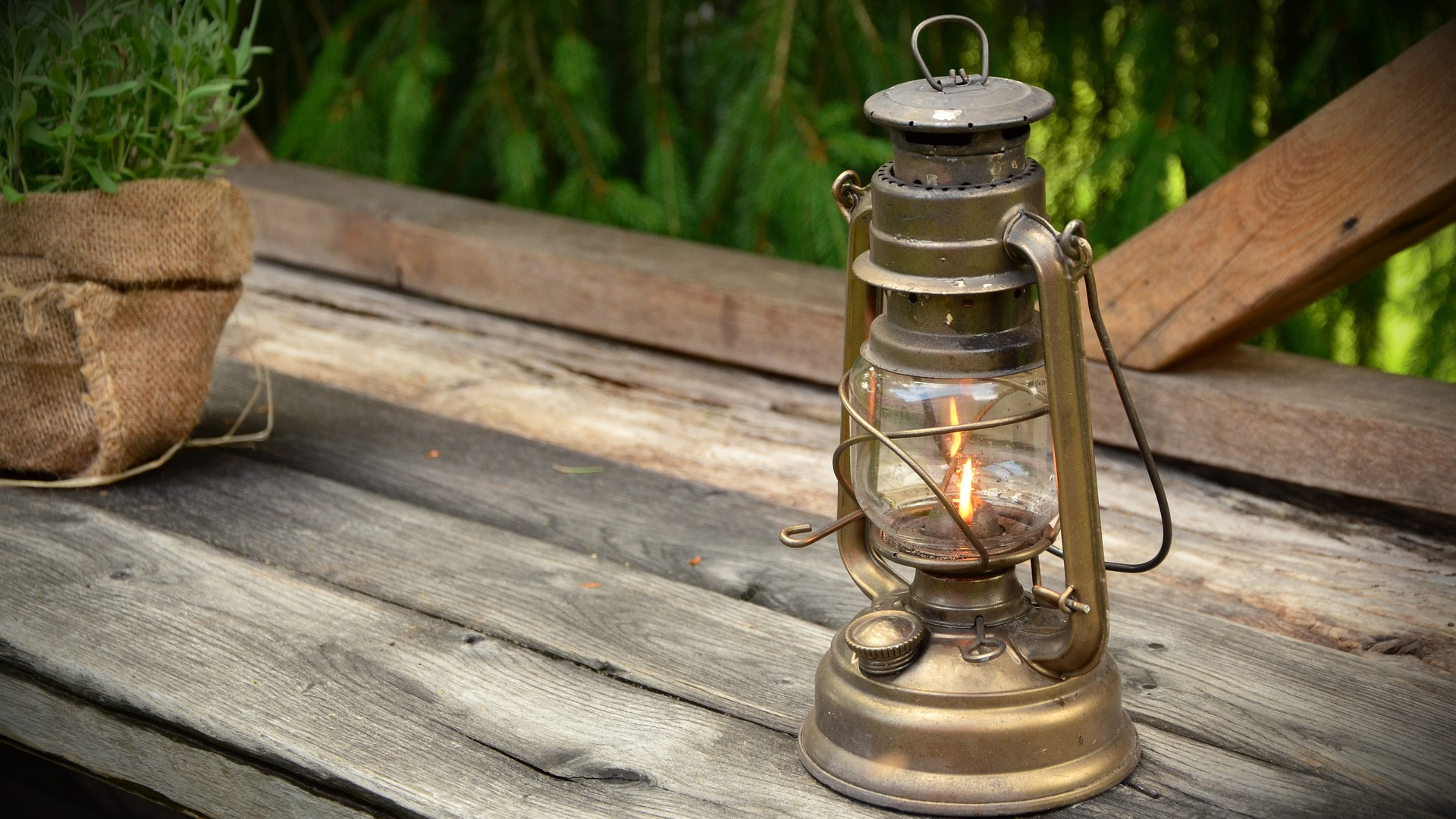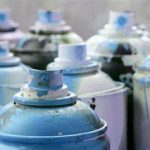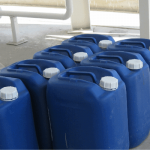Do you have an old kerosene lamp or heater that’s been collecting dust? Are you wondering what to do with the leftover fuel? Disposing of kerosene can be tricky.
It’s a highly flammable and toxic liquid that can cause serious harm if not handled properly. That’s why it’s important to know how to safely and correctly dispose of kerosene.
In this blog post, we’ll provide all the information you need to know about disposing of kerosene safely.
We’ll cover topics such as proper storage and disposal methods, safety precautions, and local regulations.
Plus, we’ll give tips on how to get rid of any remaining kerosene in an environmentally friendly way.
By following these guidelines, you can protect yourself and the environment from potential contamination.
Let’s get started.
What is Kerosene?
Contents
- 1 What is Kerosene?
- 2 Why It’s Necessary to Handle and Dispose of Kerosene Oil Safely
- 3 How to Properly Store Kerosene
- 4 How to Dispose of Kerosene Properly
- 5 Where Can I Dispose of Kerosene Near Me?
- 6 Can You Pour Kerosene on the Ground?
- 7 Can You Burn Old Kerosene?
- 8 Can You Throw Kerosene in the Garbage?
- 9 Other Methods of Disposing of Kerosene Safely
- 10 Conclusion
Kerosene is a petroleum-based fuel commonly used for heating, lighting, and cooking.
It is a flammable liquid with a distinct odor and is usually sold in containers at gas stations and home improvement stores.
Kerosene should be handled with care due to its flammability and potential health risks. When disposing of kerosene, it is important to do so safely to avoid any accidents or health hazards.
Why It’s Necessary to Handle and Dispose of Kerosene Oil Safely
Kerosene is a flammable liquid that must be handled with care. Mishandling can lead to fires, explosions, and other serious injuries.
It can also hurt the environment if not disposed of correctly. Kerosene spills can contaminate soil and water sources, as well as cause air pollution. Inhalation of the vapors can irritate the eyes, nose, throat, and lungs.
To protect people and the environment from harm, it is essential to follow the EPA’s rules for handling and disposing of kerosene oil safely. Taking these precautions will help keep everyone safe!
How to Properly Store Kerosene
Storing kerosene safely is essential for a secure home. Follow these tips for proper storage:
Keep kerosene in a cool, dry place away from any sources of heat or flames.
- Seal and label the container tightly.
- Store it in a secure location, like a locked shed or garage.
- Place the container on a stable surface that won’t tip over.
- If storing for an extended period of time, rotate the contents on a regular basis to avoid contamination or staleness.
- Check the container for any signs of leakage or damage before storing it away.
- Keep the container out of reach of children and pets at all times.
How to Dispose of Kerosene Properly
Safety Precautions for Disposing of Kerosene
When disposing of kerosene, it is important to take safety precautions.
This includes wearing protective clothing such as gloves and goggles, as well as ensuring that the area is well-ventilated.
Additionally, kerosene should never be disposed of down the drain or in the garbage, as this can contaminate water sources and soil.
Local Disposal Options
Local disposal options vary depending on where you live.
Some areas may have hazardous waste collection sites where you can drop off your kerosene for safe disposal.
You can also contact your local waste management department for more information about disposal options in your area.
Recycling Options
Kerosene can be recycled if it has not been contaminated by other substances such as gasoline or oil.
Many recycling centers accept kerosene for recycling, but you should always check with your local center before dropping off any materials.
This will ensure that the kerosene is being recycled properly and safely.
Other Disposal Options
If recycling or local disposal options are not available, there are other ways to dispose of kerosene safely.
One option is to burn the kerosene in an approved burning barrel or incinerator. This should only be done in an open area away from buildings and other combustible materials.
Additionally, you can mix the kerosene with absorbent materials such as sawdust or sand before disposing of it in a sealed container in a non-flammable area.
Where Can I Dispose of Kerosene Near Me?
Kerosene is a common household item, but it’s important to dispose of it safely and legally. Pouring it down the drain or on the ground is not an option.
Contact your local waste management authority for information about hazardous waste disposal in your area. They can provide details about collection sites, home pickup services, and other options for disposing of kerosene.
If you need extra help, contact a professional hazardous waste disposal company. They will be able to guide you through the process and ensure that the kerosene is disposed of correctly.
By taking the time to learn how to properly dispose of kerosene, you can protect yourself, your family, and the environment.
Can You Pour Kerosene on the Ground?
Don’t pour kerosene on the ground! It’s not safe and can have serious consequences.
Kerosene can contaminate land, soil, and groundwater, leading to water contamination and air pollution. It can also hurt plants and animals.
Plus, it’s combustible, so it could start a fire if spilled on the ground.
Can You Burn Old Kerosene?
Burning old kerosene is not recommended. It can release hazardous pollutants into the air, such as carbon monoxide and other toxic gases. Plus, it’s highly flammable and could lead to a fire.
So, if you must burn old kerosene, do it in an open area away from any combustible materials and with proper ventilation.
Can You Throw Kerosene in the Garbage?
Don’t put kerosene in the garbage! This hazardous material can cause environmental damage if not disposed of properly. It can contaminate groundwater and soil, leading to health risks for people nearby.
Plus, it’s flammable and can increase the risk of a fire.
So what should you do with your kerosene? Take it to a hazardous waste disposal facility or recycling center that accepts it. If you’re unsure where to go, contact your local government or waste management service for help.
They’ll be able to tell you the best place to safely dispose of your kerosene and protect yourself, your family, and the environment.
Other Methods of Disposing of Kerosene Safely
Properly disposing of kerosene is essential for safety and environmental protection. Here are some tips to help you get rid of your used kerosene safely:
- Burning kerosene is not recommended as it can cause air pollution.
- You can’t throw kerosene in the garbage, so you must find an approved facility to take it to.
- Check with your local fire department to see if they will accept your kerosene for disposal.
- Check with your state laws to see if you are required to dispose of your kerosene at an approved facility.
- Contact a local oil recycling center for assistance in disposing of your old kerosene safely and properly.
- Disposing of kerosene correctly is important, not only for safety but also for protecting our environment.
Conclusion
Kerosene is highly flammable and toxic. Mishandling can cause serious injuries, fires, and explosions.
It can also harm the environment if not disposed of correctly. To keep people and the environment safe, follow EPA rules for handling and disposing of kerosene safely. Store kerosene in a cool, dry place away from heat or flames.
Seal and label the container tightly, store it in a secure location, place it on a stable surface that won’t tip over, rotate regularly to prevent contamination or staleness, check for any signs of leakage or damage before storing it away, and keep it out of reach of children and pets at all times.
Never dump kerosene into the ground, down a drain, or into a water source.
Burning old kerosene can also cause an explosion or release toxic fumes; contact your local hazardous waste disposal facility for more information on how to dispose of it responsibly.





